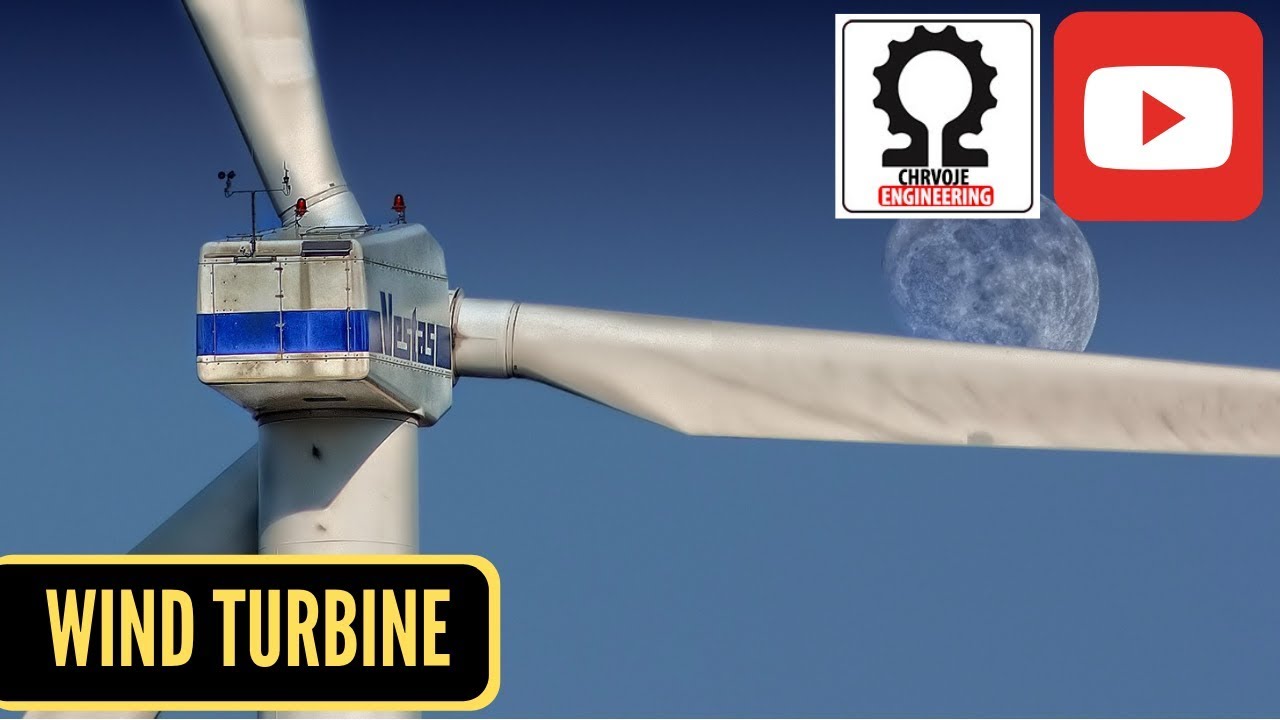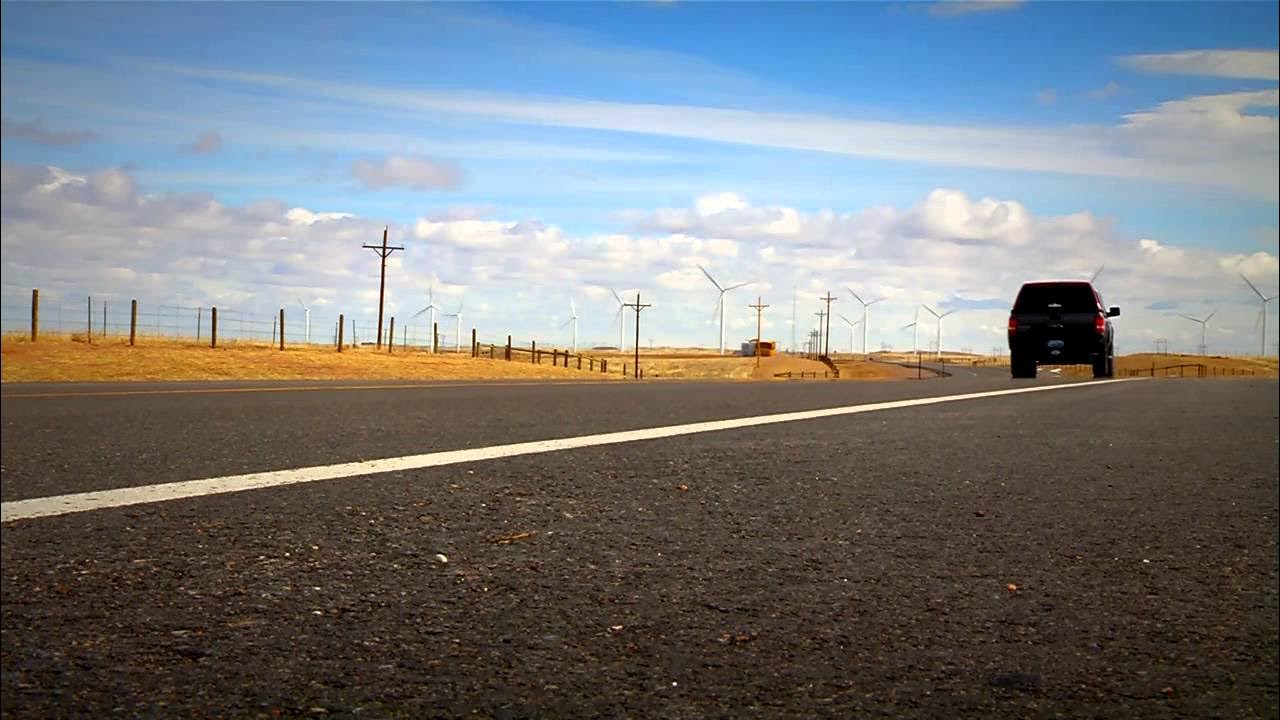Wind Power Physics
Summary
TLDRThis presentation delves into the physics of wind power, explaining the differences between Savonius, Darrieus, and horizontal axis turbines. It emphasizes the importance of wind speed and turbine design for efficiency, highlighting that power in the wind is cubically related to speed. The script also stresses the need for proper turbine placement to avoid low and turbulent wind speeds, and warns against installing turbines on buildings due to inefficiency and vibration issues. It concludes with the message that while small turbines have their uses, larger ones are necessary for significant electricity generation.
Takeaways
- 🌪️ There are three main types of wind turbines: Savonius, Darrieus, and Horizontal Axis.
- 📐 Savonius turbines are drag-based and have slow tip speeds, making them less efficient compared to other designs.
- 🏗️ Darrieus turbines are also vertical axis but use airfoil blades, allowing for moderate to fast tip speeds and higher efficiency.
- 🌀 Horizontal axis turbines have fast tip speeds due to their airfoil design, which can lead to higher efficiency.
- ⚙️ The power in the wind is directly related to the cube of the wind speed, making even small increases in wind speed result in large increases in power.
- 💡 Wind turbines are most effective in areas with high wind speeds and minimal turbulence.
- 🏙️ Avoid placing wind turbines in urban areas or on buildings due to low wind speeds and turbulence.
- 📉 The Betz Limit calculates the maximum theoretical efficiency of a wind turbine to be 59.3%.
- 🔁 Faster blade tips result in less wake rotation and higher efficiency.
- 🌐 The size of the turbine is crucial; larger turbines can capture more wind and produce more power.
- 📈 The power curve of a turbine shows its actual performance, including any drops due to overspeed protection or other factors.
Q & A
What are the three main types of wind turbines discussed in the presentation?
-The three main types of wind turbines discussed are Savonius, Darrieus, and Horizontal Axis turbines.
How does the Savonius turbine differ from the Darrieus and Horizontal Axis turbines?
-The Savonius turbine is a drag-based design with slow tip speeds and is generally less efficient. Darrieus and Horizontal Axis turbines use airfoil blades, allowing for higher tip speeds and greater efficiency.
Why is wind speed so crucial in generating power from a wind turbine?
-Wind power is exponentially related to wind speed, meaning small increases in wind speed can lead to significant increases in power output, as power is proportional to the wind speed cubed.
What is the maximum theoretical efficiency a wind turbine can achieve, and who calculated it?
-The maximum theoretical efficiency a wind turbine can achieve is 59.3%, known as the Betz Limit. It was calculated by Albert Betz.
Why do turbines in urban areas tend to produce less power?
-Turbines in urban areas tend to produce less power because urban environments have low wind speeds and high turbulence, which reduce the efficiency and power generation of turbines.
Why should wind turbines not be placed on buildings?
-Wind turbines should not be placed on buildings due to low wind speeds and high turbulence around buildings, which reduce efficiency. Additionally, they can cause vibrations that may disturb the building's occupants.
What is wake rotation, and how does it affect turbine efficiency?
-Wake rotation refers to the energy lost when the air molecules leave the turbine blades spinning. Faster blade tip speeds reduce wake rotation, making the turbine more efficient.
What is the relationship between the size of a wind turbine and the amount of power it generates?
-Larger wind turbines have a larger swept area and can capture more wind energy, generating more power. Smaller turbines generate significantly less power, often only enough for minor uses like charging batteries.
What factors should be considered when choosing a location for a wind turbine?
-Key factors to consider are avoiding areas with low wind speeds and high turbulence. Turbines should be placed in open areas, high above obstacles, to access clearer and faster winds.
What happens to the power output of a turbine if the wind speed exceeds its design limits?
-If the wind speed exceeds the turbine's design limits, the turbine may engage overspeed protection mechanisms, which reduce power output to prevent damage, resulting in a drop in power generation.
Outlines

Этот раздел доступен только подписчикам платных тарифов. Пожалуйста, перейдите на платный тариф для доступа.
Перейти на платный тарифMindmap

Этот раздел доступен только подписчикам платных тарифов. Пожалуйста, перейдите на платный тариф для доступа.
Перейти на платный тарифKeywords

Этот раздел доступен только подписчикам платных тарифов. Пожалуйста, перейдите на платный тариф для доступа.
Перейти на платный тарифHighlights

Этот раздел доступен только подписчикам платных тарифов. Пожалуйста, перейдите на платный тариф для доступа.
Перейти на платный тарифTranscripts

Этот раздел доступен только подписчикам платных тарифов. Пожалуйста, перейдите на платный тариф для доступа.
Перейти на платный тариф5.0 / 5 (0 votes)






